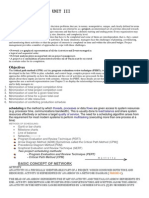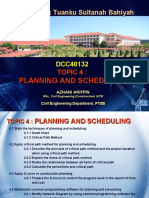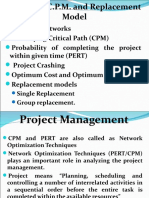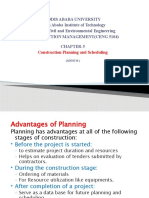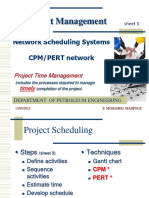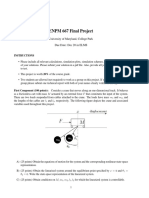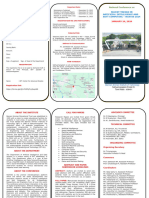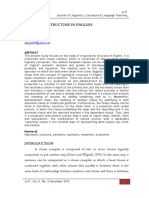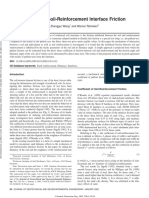0% found this document useful (0 votes)
63 views31 pagesChapter 4 - Network Diagram Scheduling
COnstruction management course
Uploaded by
baonhan.law1706Copyright
© © All Rights Reserved
We take content rights seriously. If you suspect this is your content, claim it here.
Available Formats
Download as PDF, TXT or read online on Scribd
0% found this document useful (0 votes)
63 views31 pagesChapter 4 - Network Diagram Scheduling
COnstruction management course
Uploaded by
baonhan.law1706Copyright
© © All Rights Reserved
We take content rights seriously. If you suspect this is your content, claim it here.
Available Formats
Download as PDF, TXT or read online on Scribd
/ 31


